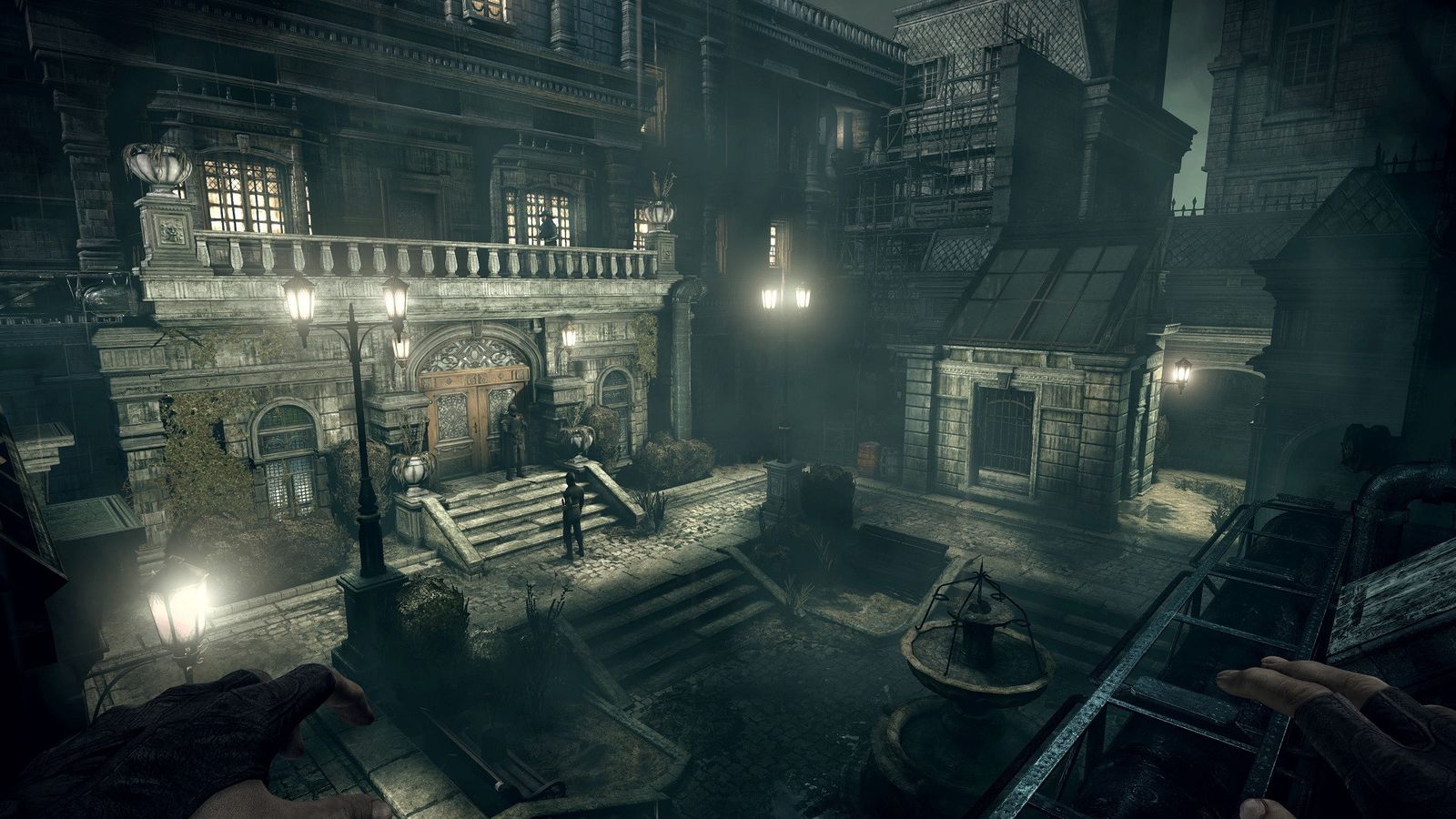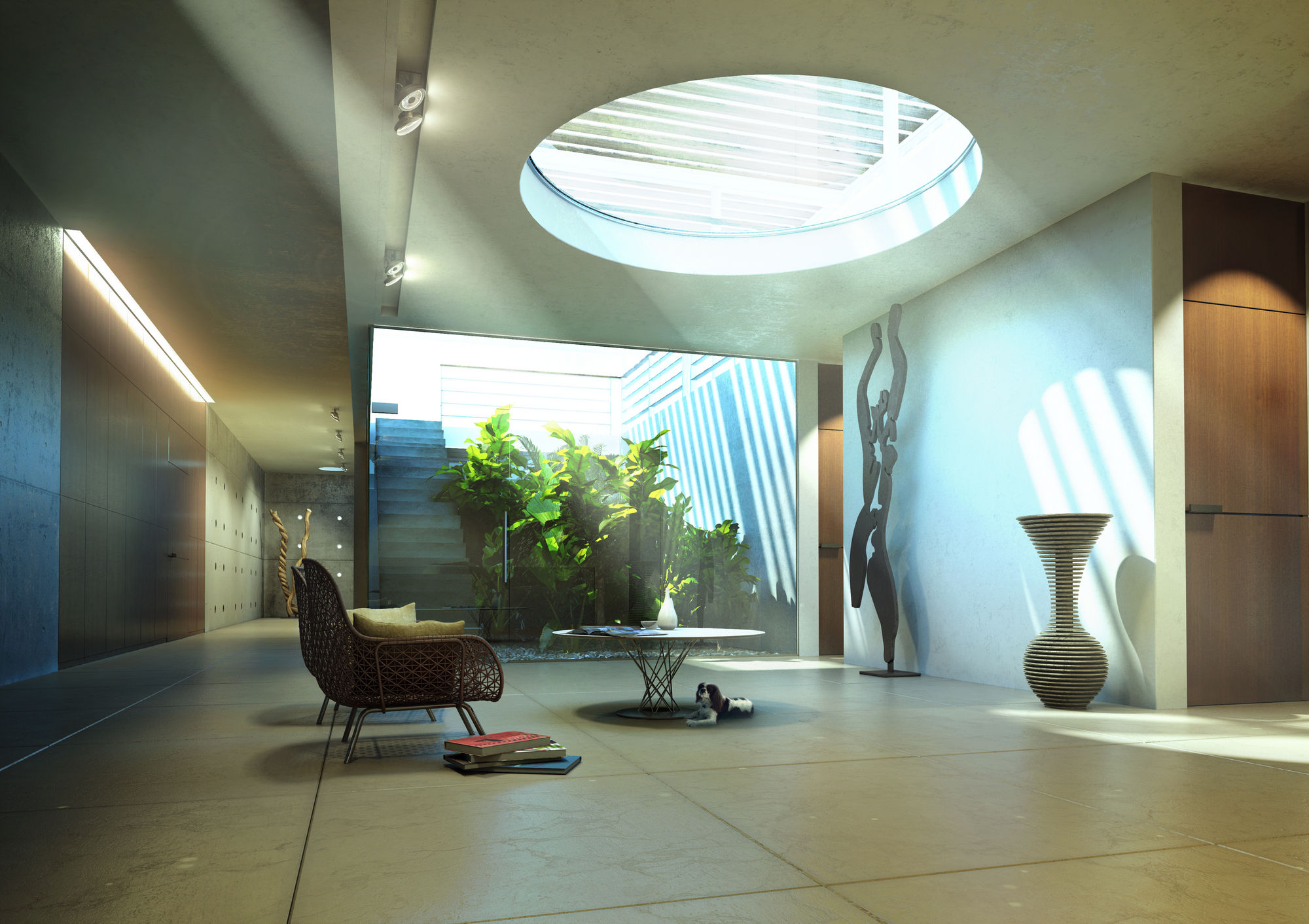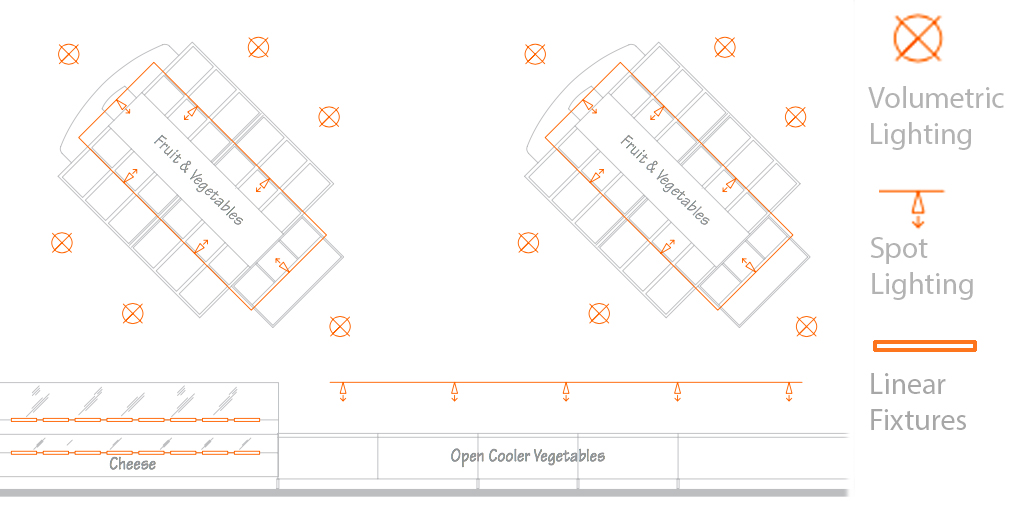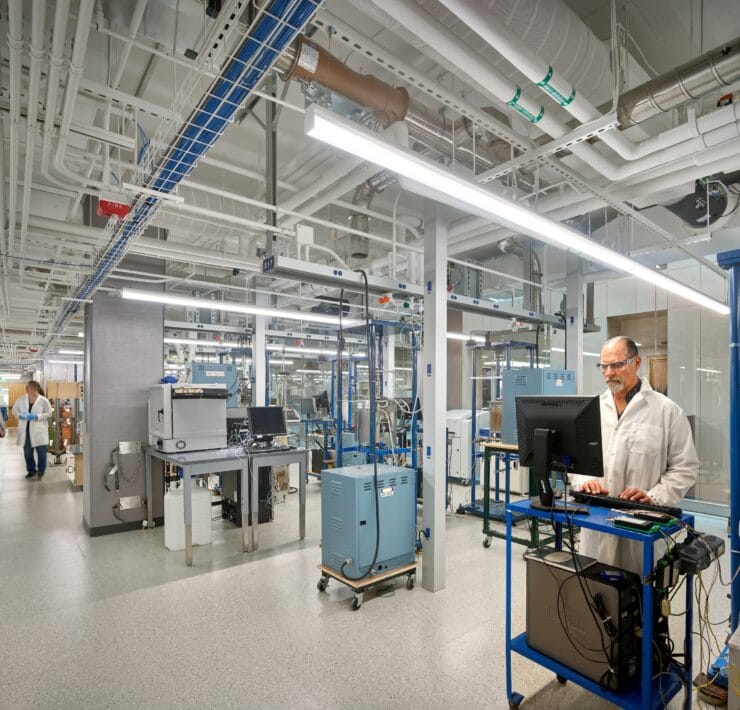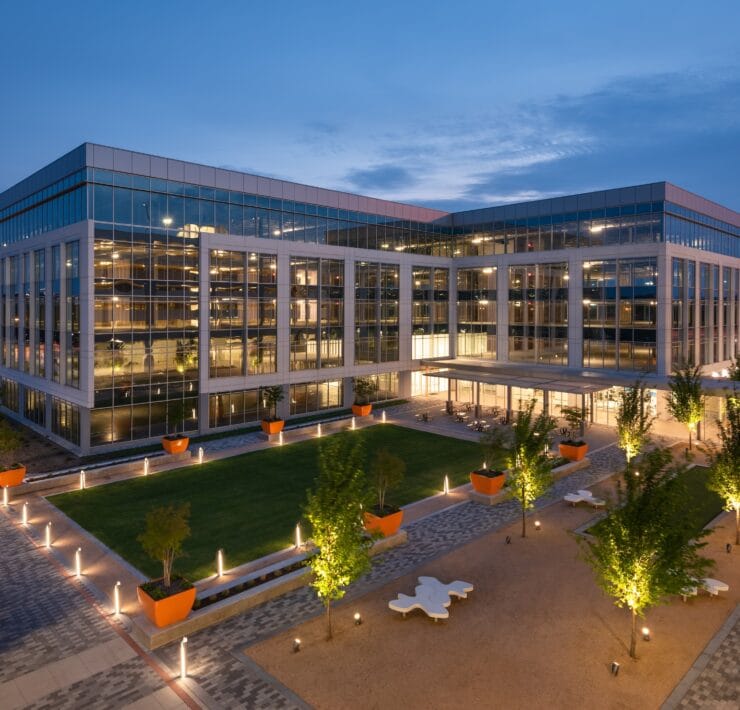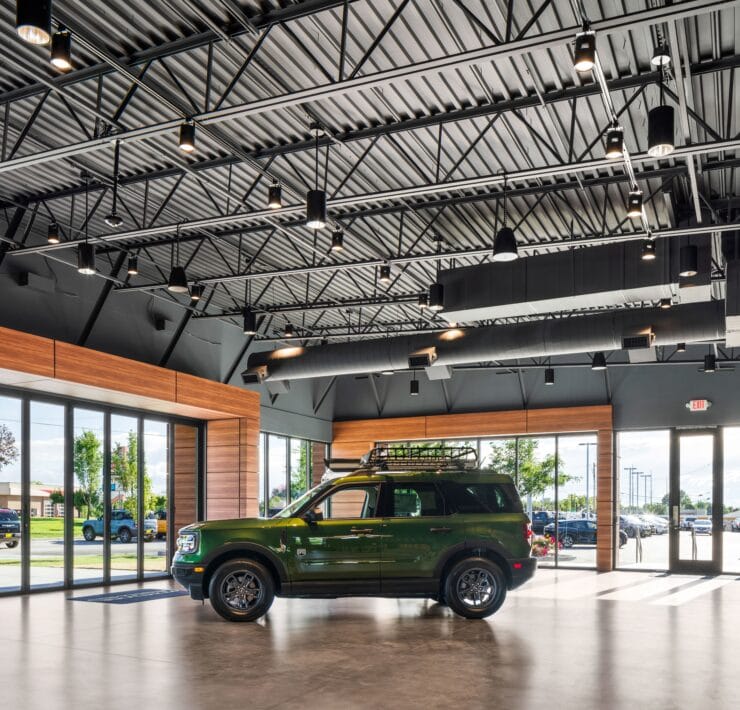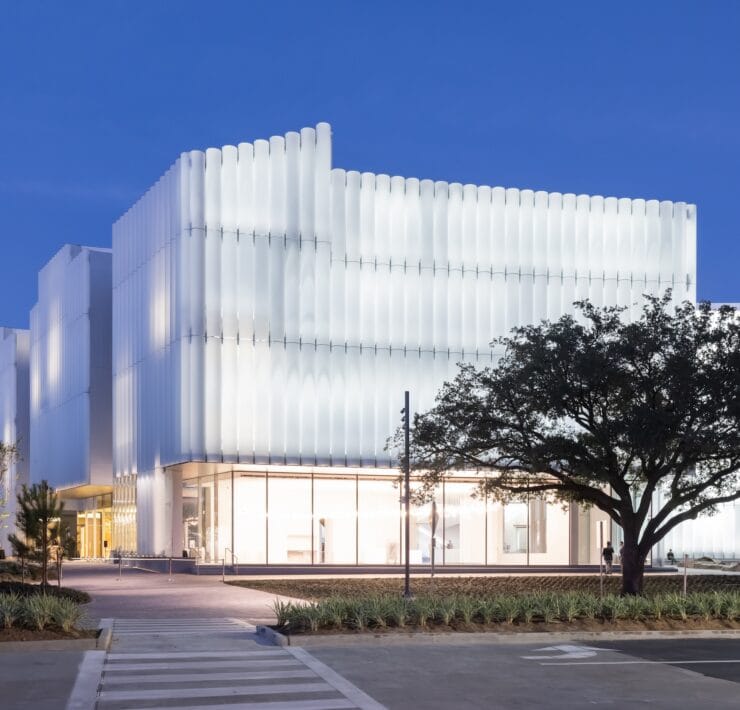The term volumetric means that which relates to measuring volume. The term volumetric lighting apparently originated in the computer-generated graphic arts with an early application to three-dimensional (3D) gaming and computer-generated imagery in movies.
Essentially, volumetric lighting refers to the illusion created when a lighting technique suggests a certain perspective, orientation or effect that increases, enhances or magnifies the sense of volume in a given space, context or application. For example, a shape of light, such as a cone, is directed toward a particular area, making it appear as if it’s a transparent container of a specified volume. This technique can foster — especially through the use of steam, fog or smoke — the perception that the shape of light inhabits an actual three-dimensional space. In reality, volumetric lighting draws one’s attention toward an area, creating this 3D perception.
In residential and commercial lighting design, volumetric lighting is often synonymous with task lighting, such as light fixtures designed with optics that have a luminous, distinguishable beam spread which can be purposefully directed to light art, a table, produce in a market, etc.
For example, observe the diagram pI turned here of a grocery store’s produce department; it shows the use of volumetric lighting and spot lighting with track lighting to emphasize a display of fruits and vegetables.
This bright, intensified lighting approach uses more electricity. Accordingly, opting for volumetric lighting which uses Light-Emitting Diode (LED) reduces electricity costs. Another advantage of LED volumetric lighting is that it emits 80 percent less heat, which, in turn, benefits the shelf-life of heat- sensitive items, such as produce or cheese. In any case, volumetric lighting may be a constructive choice for you.
Alcon Lighting creative director and co-founder David Hakimi works to improve lighting through research, development and education. David strives for efficiency in lighting, affording architects, lighting designers and engineers the ability to maximize LED lighting design and application. David is a graduate of the University of California, Los Angeles, where he received a Bachelors in history. David also studied lighting design at IES in Los Angeles. He traces his and Alcon Lighting’s commitment to innovation, accountability, quality and value to lessons learned from his father, Mike Hakimi, a lighting craftsman, salesman and consultant in Southern California for more than four decades. Today’s lighting for commercial use requires a deep, complete understanding of smart lighting systems and controls. David takes pride in his lighting, energy controls and design knowledge. He is driven by the desire to share his insights into lighting specification and application. This quest to share his knowledge was the impetus for David to create Insights, Alcon Lighting’s blog and resource center for helping the reader understand lighting and its application to space.

